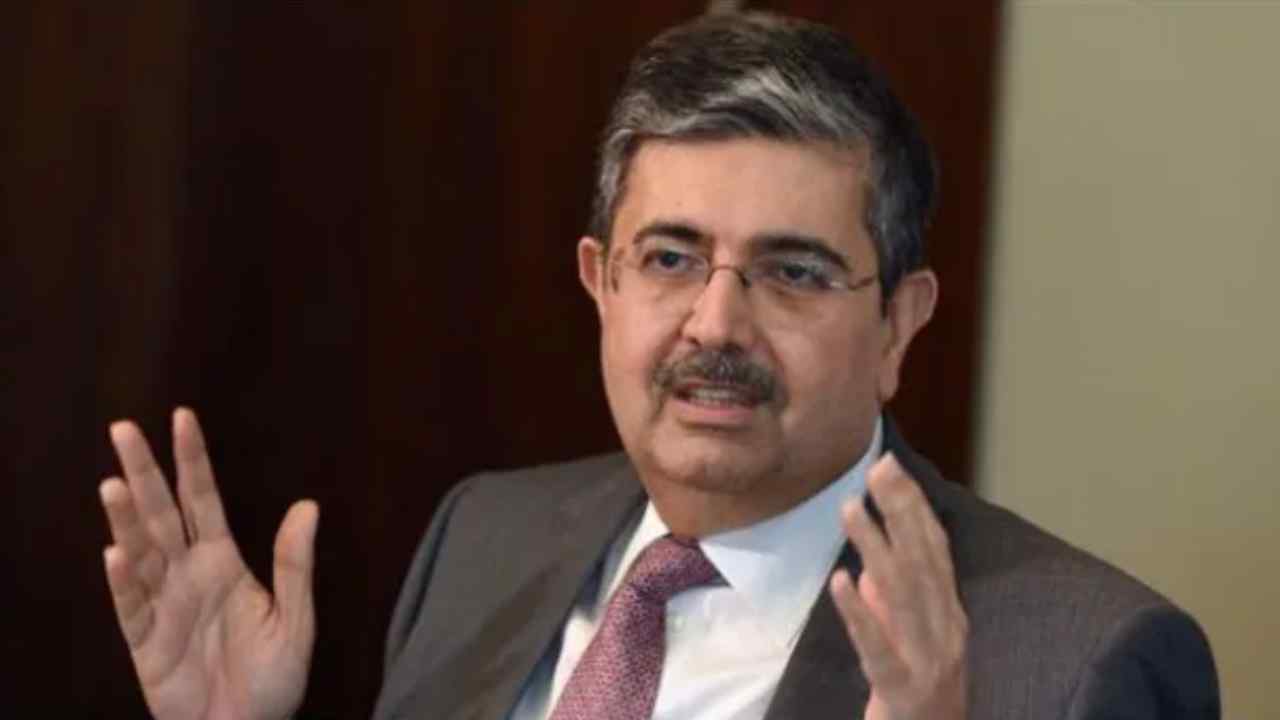Union Minister Nitin Gadkari recently made waves in Haryana’s assembly elections by stating that the infrastructure work accomplished in the last decade is merely a “trailer,” with the “real film” yet to be produced. Speaking before an enthusiastic crowd of approximately 2,000 to 2,500 at the Ram Leela Ground in Bhim Nagar, he set ambitious goals for the region, claiming that by the end of 2024, Haryana’s National Highway infrastructure will surpass that of the United States. While this vision sounds promising, many are left wondering whether such aspirations are achievable. An analysis of the differences between the highway systems of India and America can shed light on this ambitious claim.
Comparative Overview of Road Networks: India vs. USA
The road network in India spans an impressive 66.71 lakh kilometers. Out of this massive expanse, 1.46 lakh kilometers are designated as national highways, accounting for roughly 2% of the total road length. When considering population density, this translates to approximately 5.13 kilometers of roadway per 1,000 people. In contrast, the United States boasts a slightly larger road network, measuring around 68.03 lakh kilometers in total. Of this, 2.64 lakh kilometers are part of the National Highway System, with 78,000 kilometers specifically categorized as Interstate Highways. Notably, the U.S. road infrastructure provides about 20.1 kilometers of roadway per 1,000 people, which is approximately four times that of India.
Key Statistics: Side-by-Side Comparison
| Criteria | India | USA |
|---|---|---|
| Total Road Network | 66.71 lakh km | 68.03 lakh km |
| National Highways Length | 1.46 lakh km (2%) | 2.64 lakh km |
| Interstate Highways Length | N/A | 78,000 km |
| Roads per 1,000 People | 5.13 km | 20.1 km |
The Traffic Burden on National Highways
In India, national highways encompass approximately 1.43 lakh kilometers and represent only 2.3% of the total road network. However, they carry an overwhelming 40% of the nation’s traffic. This significant burden highlights the critical role national highways play in India’s transport infrastructure. Conversely, in the U.S., while interstate highways make up only around 1.2% of the total road network, they efficiently handle about 25% of the traffic. This disparity underscores the differences in how road infrastructure is utilized and developed in both countries.
Conclusion
As Nitin Gadkari pushes for improvements and innovations in India’s national highways, the journey ahead is undoubtedly ambitious. While aligning Indian road infrastructure with or surpassing that of the United States is a bold claim, it raises key questions about investments, engineering capacities, and strategic planning. Continued government commitment, innovative approaches, and public cooperation will be essential in transforming these aspirations into reality.











